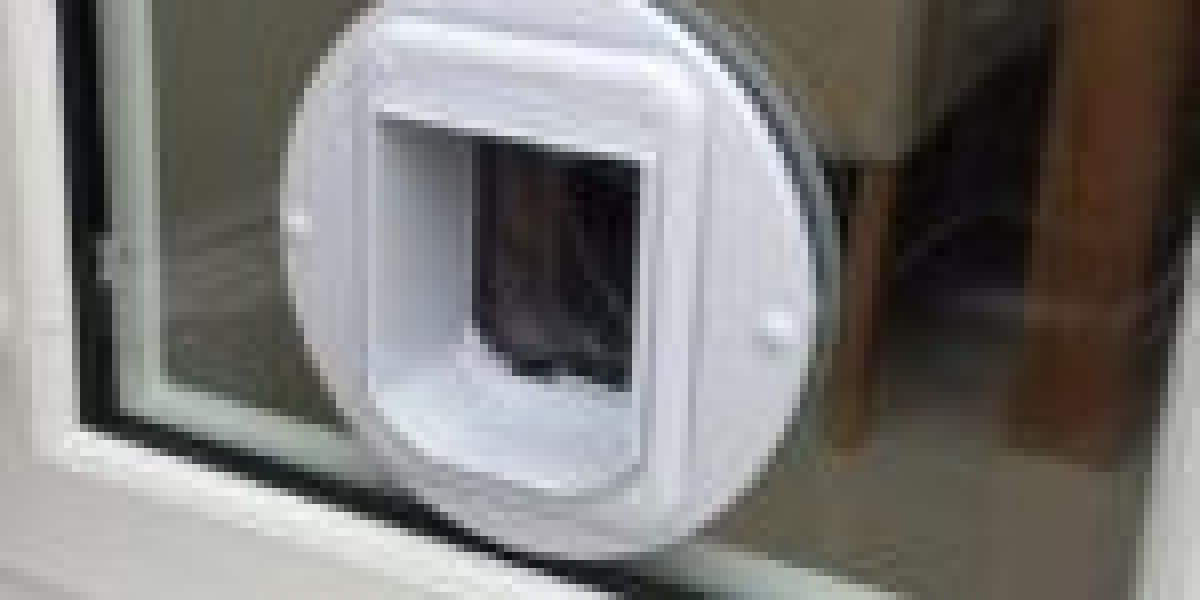The Purr-fect Fix: A Comprehensive Guide to Cat Door Fixing
As any cat owner can attest, a cat door is an important function in any feline-friendly home. It supplies our whiskered pals with the flexibility to come and go as they please, while likewise keeping unwanted animals out. However, like any other family product, cat doors can become damaged or broken with time, needing some TLC to get them back in working order. In this post, we'll look into the world of cat door fixing, exploring the common concerns, DIY solutions, and expert tips to assist you keep your feline buddy's gateway in top condition.
Common Issues with Cat Doors
Before we dive into the fixing part, it's essential to comprehend the typical problems that can occur with Residential Cat Flap Installers doors. These include:
- Sticking or jamming: Over time, the pet-friendly door installation's hinges or rollers can become worn, triggering the door to stick or jam.
- Leakages: Gaps or fractures in the door or its frame can permit cold air, wetness, or perhaps undesirable visitors to enter your home.
- Broken or damaged frames: Accidental scratches or knocks can damage the door's frame, compromising its structural integrity.
- Malfunctioning locking systems: The locking system can become jammed or broken, rendering the door worthless.
- Worn-out seals: The door's seals can become broken, permitting air to permeate through and minimizing the door's energy performance.
Do It Yourself Solutions for Cat Door Fixing
Fortunately, numerous cat door issues can be solved with some fundamental DIY skills and tools. Here are some step-by-step services for common issues:
- Sticking or jamming:
- Clean the door's hinges and rollers with a soft brush and some lube.
- Use some silicone-based lube to the hinges and rollers.
- If the door still sticks, try adjusting the hinges or replacing the rollers.
- Leakages:
- Inspect the door and its frame for spaces or cracks.
- Seal any spaces or fractures with weatherstripping or caulk.
- Change the door's seals if they're worn.
- Broken or damaged frames:
- Clean and examine the frame for any damage.
- Usage wood glue or a wood filler to repair any fractures or scratches.
- If the frame is seriously damaged, consider replacing it.
- Defective locking mechanisms:
- Inspect the locking system for any clogs or jamming.
- Clean the locking mechanism with a soft brush and some lube.
- If the locking system is still defective, consider changing it.
- Damaged seals:
- Inspect the seals for any indications of wear or damage.
- Change the seals with brand-new ones, following the producer's instructions.
Expert Tips for Cat Door Fixing
While DIY options can be effective, sometimes it's needed to hire the experts. Here are some expert tips for cat door fixing:
- Use the right tools: Invest in a good quality toolset, including a screwdriver, pliers, and a wrench.
- Step two times, cut once: Before making any repair work, confirm your measurements to avoid any pricey mistakes.
- Use the best materials: Choose materials that are resilient and weather-resistant, such as stainless-steel or PVC.
- Think about upgrading: If your cat door is old or outdated, think about updating to a newer model with improved features and functionality.
Frequently Asked Questions
Q: How frequently should I inspect my cat flap installation guarantee door?A: It's recommended to examine your cat flap for window door every 6-12 months to capture any prospective issues before they become significant problems.
Q: Can I fix a cat door myself?A: Yes, numerous cat door problems can be fixed with some fundamental DIY abilities and tools. However, if you're unsure or unpleasant with DIY repair work, it's best to consult a professional.
Q: What are the advantages of upgrading to a newer cat door model?A: Newer cat door models often feature enhanced functions, such as much better insulation, boosted security, and simpler cleaning.
Conclusion
Cat door fixing is a relatively simple process that can be achieved with some basic DIY abilities and tools. By comprehending the typical issues that can occur with cat doors and following the expert tips and DIY services laid out in this article, you'll be well on your method to keeping your feline friend's gateway in top condition. Keep in mind to examine your cat door regularly and consider updating to a newer design if essential. With a little TLC, your energy-efficient cat flap installation door will continue to supply your feline pal with the flexibility and convenience they should have.

Additional Resources
- Cat door maintenance list:
- Inspect the door and its frame for any damage or wear.
- Clean the door's hinges and rollers.
- Examine the locking system for any blockages or jamming.
- Replace the door's seals if they're broken.
- Recommended tools for cat door fixing:
- Screwdriver
- Pliers
- Wrench
- Weatherstripping or caulk
- Wood glue or wood filler
- Cat door manufacturers:
- PetSafe
- Cat Mate
- Staywell
- Ideal Pet Products
By following the tips and standards laid out in this short article, you'll be well on your way to becoming a cat door fixing expert. Keep in mind to always follow safety preventative measures and speak with a professional if you're unsure or uncomfortable with any aspect of the process.








